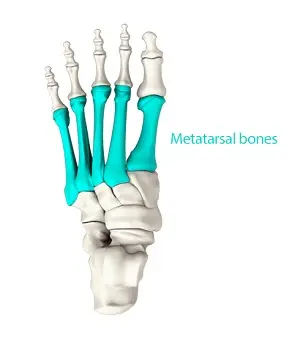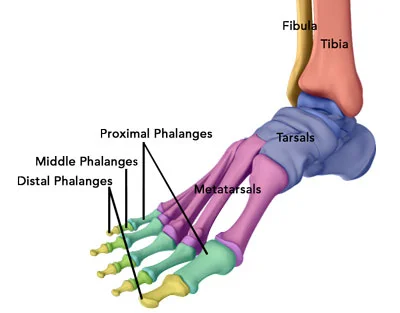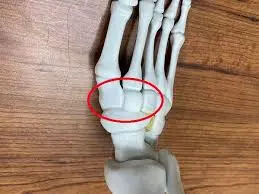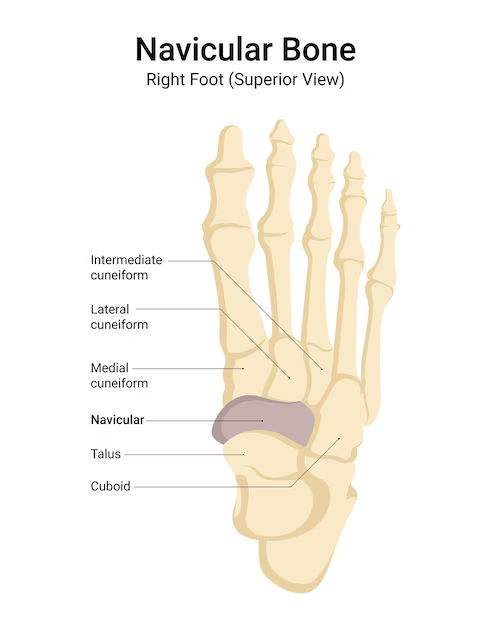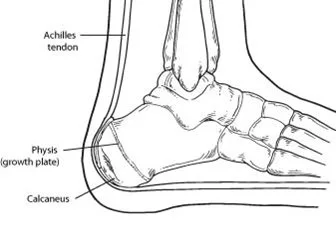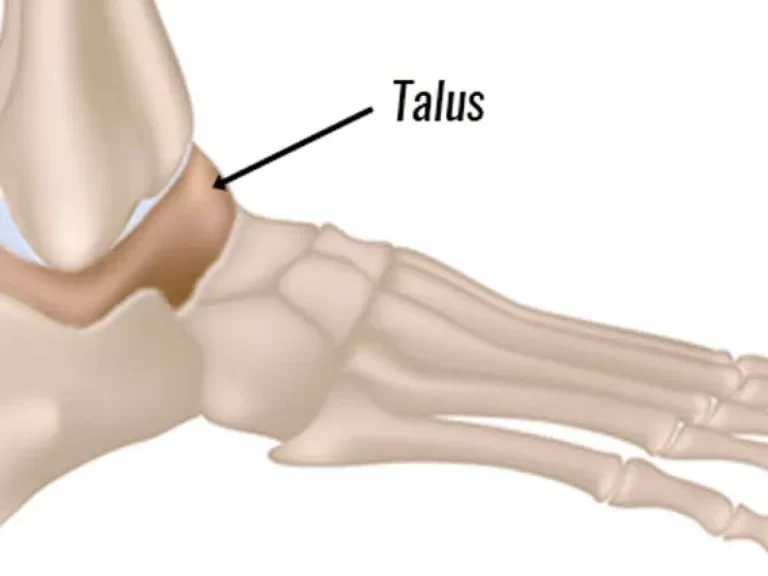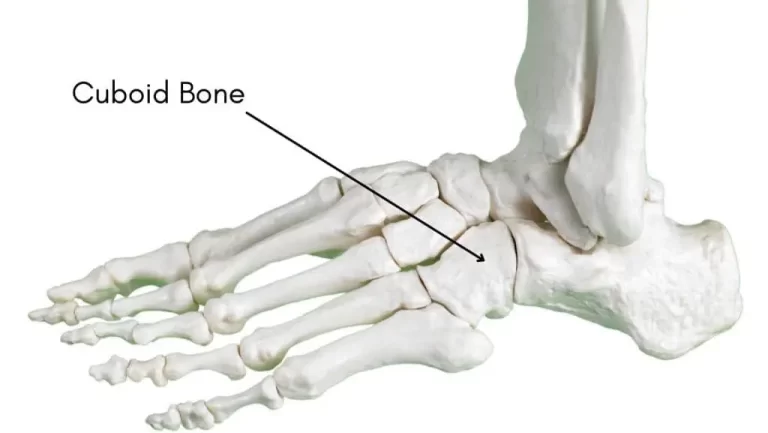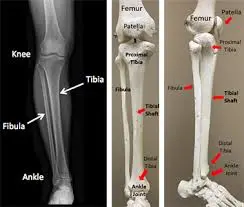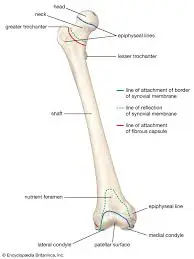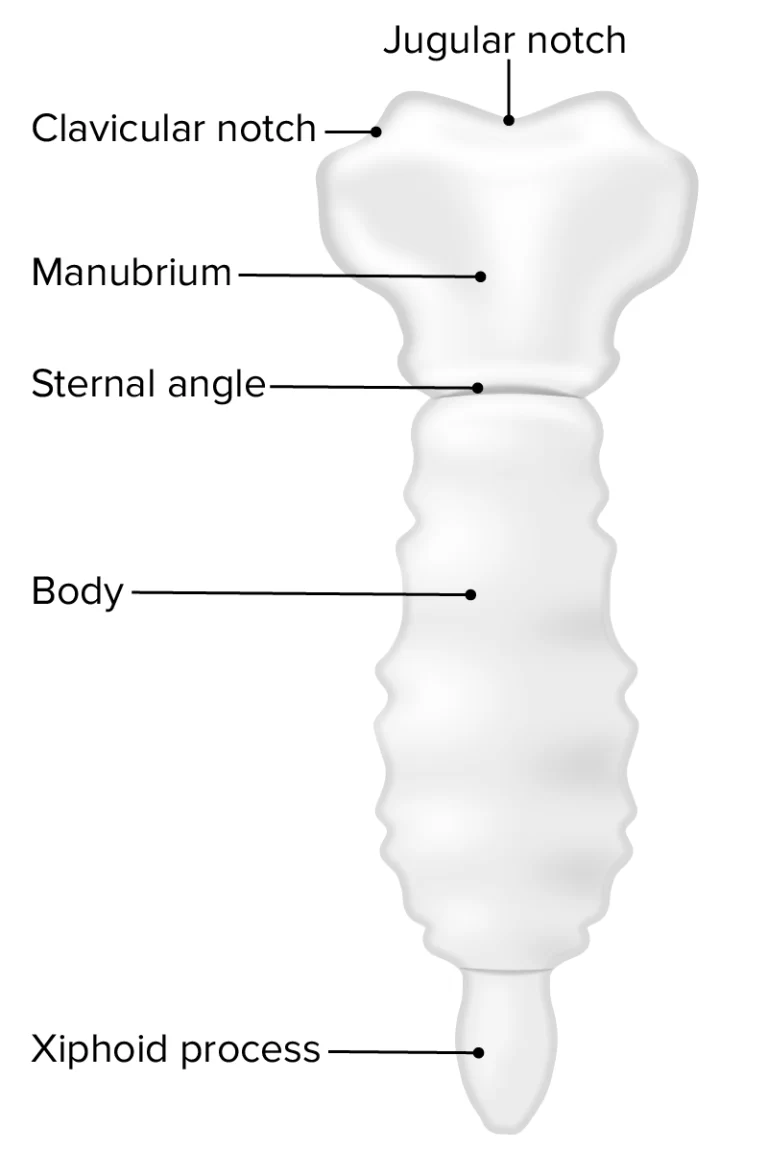Metatarsal Bones
Introduction The metatarsals are the cylinder-shaped bones that make up the foot’s core. They are designated numerically and begin from the medial side outward. Letters one through five correspond to the metatarsal bones. The phalanges and tarsals are split by these bones. The bases of every single bone are going to relocate in tandem with…

